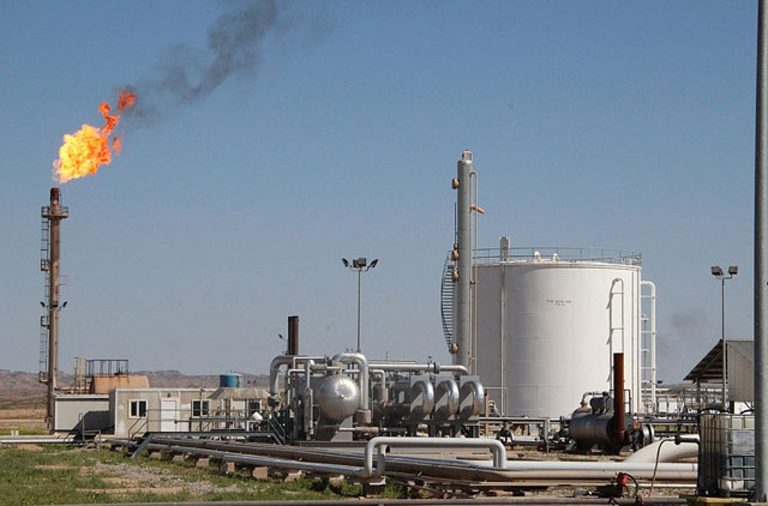Philippine Central Bank Weighs Gold Sales Amid Price Drops
The Bangko Sentral ng Pilipinas (BSP) is contemplating the sale of some of its gold reserves, as a central bank official suggests that current holdings may be excessive. With gold prices experiencing volatility, the timing appears favorable for the BSP to consider profit-taking on its investments in the precious metal.
Current Gold Holdings and Market Context
Gold constitutes approximately 13% of the BSP’s gross international reserves, a figure that exceeds the average for other central banks in the region. Benjamin Diokno, a member of the Monetary Board and former BSP governor, expressed concerns during an interview at the Bloomberg Business Summit in Kuala Lumpur. He indicated that the ideal proportion of gold in the central bank’s reserves should be between 8% and 12%. As of September 2025, the BSP’s total reserves stood at around $109 billion, the highest level in nearly a year.
Diokno highlighted that the BSP acquired gold at around $2,000 per ounce, while prices recently peaked at nearly $4,400. He questioned whether it would be prudent to hold onto these assets, especially given the potential for prices to decline. “Shouldn’t you sell already? What will happen if the price goes down?” he asked, emphasizing the need for strategic decision-making.
Recent Market Trends
Gold prices have shown fluctuations, recently dipping below $4,000 per ounce after reaching record highs. This decline is attributed to easing demand for safe-haven assets, particularly in light of positive developments in U.S.-China trade negotiations. Despite this pullback, gold remains up over 50% for the year, bolstered by significant central bank purchases.
The BSP is currently engaged in discussions regarding whether to increase its gold holdings or to capitalize on current market conditions. Earlier this year, BSP Governor Eli Remolona remarked that the central bank does not speculate on gold prices, labeling it a poor investment due to its inherent risks and historically negative average returns. However, he acknowledged that gold can serve as a valuable hedge within a diversified portfolio.
Historical Context and Future Strategies
In 2024, the BSP faced public criticism after selling gold, which subsequently appreciated in value. The central bank defended its actions by stating that the sale was part of a broader strategy for active management of the country’s gold reserves. Diokno noted that the BSP has begun diversifying its gold storage locations, with some reserves now held in France, while the majority remains in London.
Additionally, the BSP is exploring options to diversify its foreign exchange reserves beyond the U.S. dollar. Diokno mentioned the possibility of incorporating euros into their portfolio, alongside previous holdings in Japanese yen and Australian dollars.
FAQs
Why is the BSP considering selling its gold holdings?
The BSP is considering selling its gold holdings due to concerns that its current reserves may be excessive, especially as gold prices have reached record highs and are now showing signs of decline.
What percentage of the BSP’s reserves is currently in gold?
Gold currently makes up about 13% of the BSP’s gross international reserves, which is higher than the recommended range of 8% to 12%.
How has the market for gold changed recently?
Gold prices have recently fluctuated, falling below $4,000 per ounce after reaching record highs. This change is linked to reduced demand for safe-haven assets amid improving trade relations between the U.S. and China.
Conclusion
The BSP is at a crossroads regarding its gold holdings, weighing the benefits of profit-taking against the potential for future price increases. As discussions continue, the central bank is also looking to diversify its reserves and manage its assets more effectively. The coming months will be crucial in determining the BSP’s strategy in response to evolving market conditions.
The BSP’s considerations come amid a broader trend among central banks globally, which have been increasing their gold reserves as a hedge against economic uncertainty. This trend reflects a growing recognition of gold’s role in stabilizing national reserves during periods of financial volatility. The BSP’s potential sale could also influence market dynamics, as central bank actions often have a significant impact on gold prices.
As the BSP navigates these decisions, it must balance the immediate financial benefits of selling gold against the long-term strategic value of maintaining a diverse and resilient reserve portfolio. The outcomes of these discussions will not only affect the BSP’s financial health but could also set a precedent for other central banks in the region facing similar dilemmas regarding their gold holdings.
Also Read:
Gold Prices Drop in UAE Amid Global Market Changes







